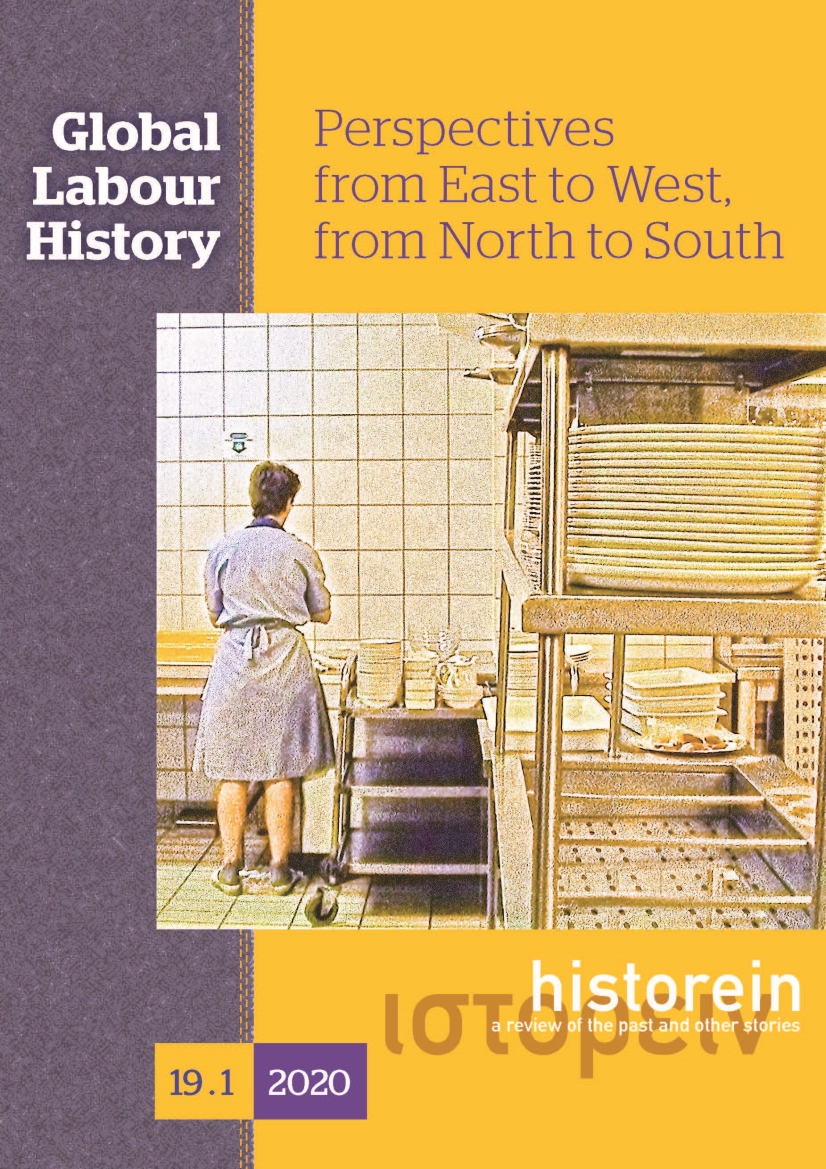Labour Policy and Diplomacy: Argentina’s Labour Attachés under Peronism

Abstract
This article analyses Argentina’s labour attaché programme established under Perón’s governments from 1946 to 1955. Contrary to the US and British labour attaché programmes set up during wartime, Perón created a class-based diplomatic service, manned by rank-and-file trade union members. The institution of these “plebeian” diplomats, who made contact with the local labour movement and publicised Argentina’s corporatist model in the countries to which they were assigned, reflects Perón’s political programme, based on the privileged relationship of mutual support he built up with trade unions, as well as the deep social transformations that took place in Argentina during the Peronist era. Argentina’s labour attaché programme also reflects Perón’s regional and global aspirations in which an “alternative” labour internationalism, inspired by Peronist ideals and the Third Way position, and opposed to both capitalism and communism, played a key role. The article focuses on the concept, continuities and oscillations of Perón’s labour diplomacy from 1948 to 1955, as well as on the action plan and working methods of his labour attachés, while showing the serious constraints they faced due to the very nature of the Peronist regime and the dynamics of the dualistic Cold War context.
Article Details
- How to Cite
-
Damilakou, M. (2020). Labour Policy and Diplomacy: Argentina’s Labour Attachés under Peronism. Historein, 19(1). https://doi.org/10.12681/historein.18709
- Section
- ARTICLES

This work is licensed under a Creative Commons Attribution-NonCommercial-ShareAlike 4.0 International License.
The copyright for articles in this journal is retained by the author(s), with first publication rights granted to the journal. By virtue of their appearance in this open access journal, articles are free to use (with the exception of the non-granted right to make derivative works) with proper attribution for non-commercial uses (licence Creative Commons 4.0). EKT/NHRF retains the worldwide right to reproduce, display, distribute, and use articles published in Historein in all formats and media, either separately or as part of collective works for the full term of copyright. This includes but is not limited to the right to publish articles in an issue of the Journal, copy and distribute individual reprints of the articles, authorize reproduction of articles in their entirety in another EKT/NHRF publication, and authorize reproduction and distribution of articles or abstracts thereof by means of computerized retrieval systems.

